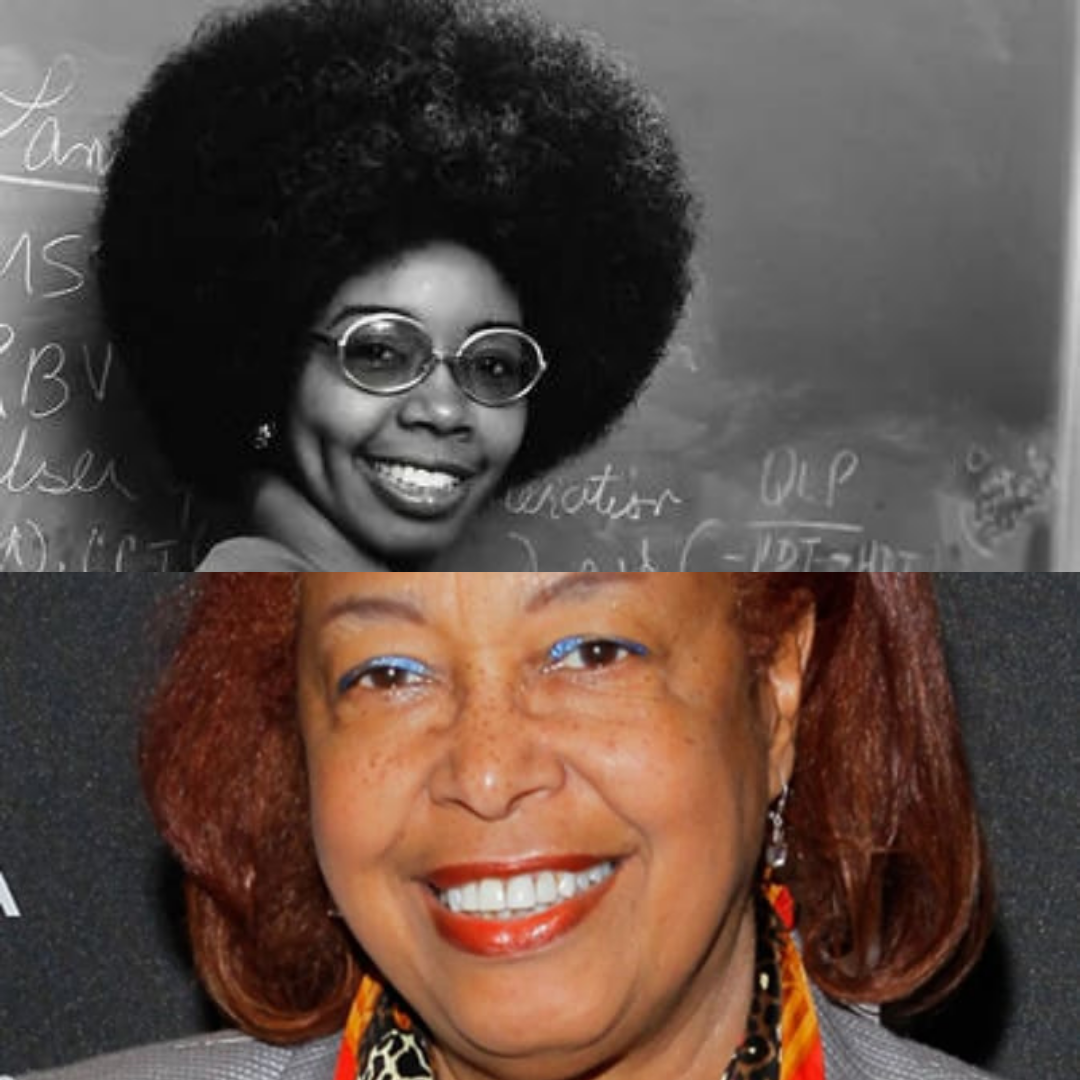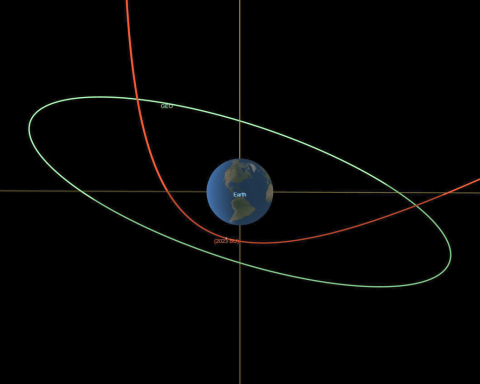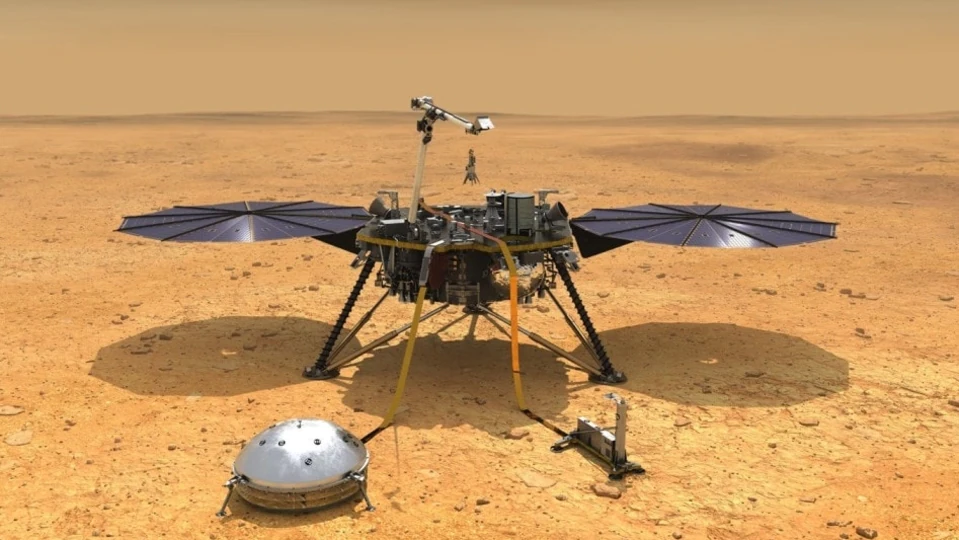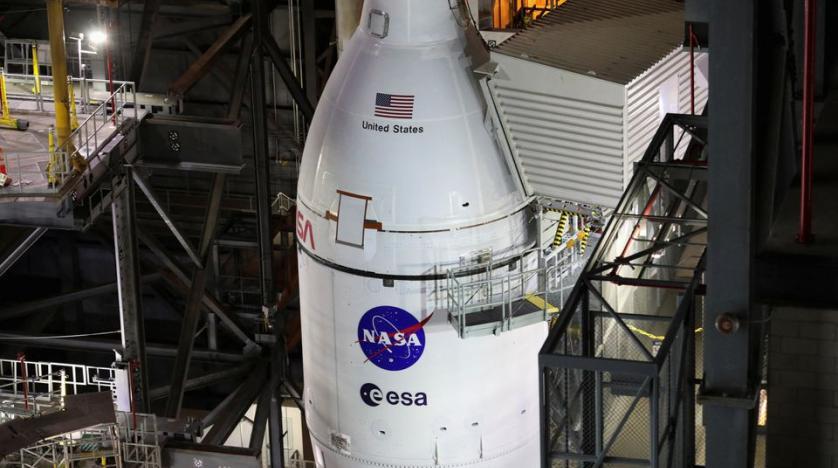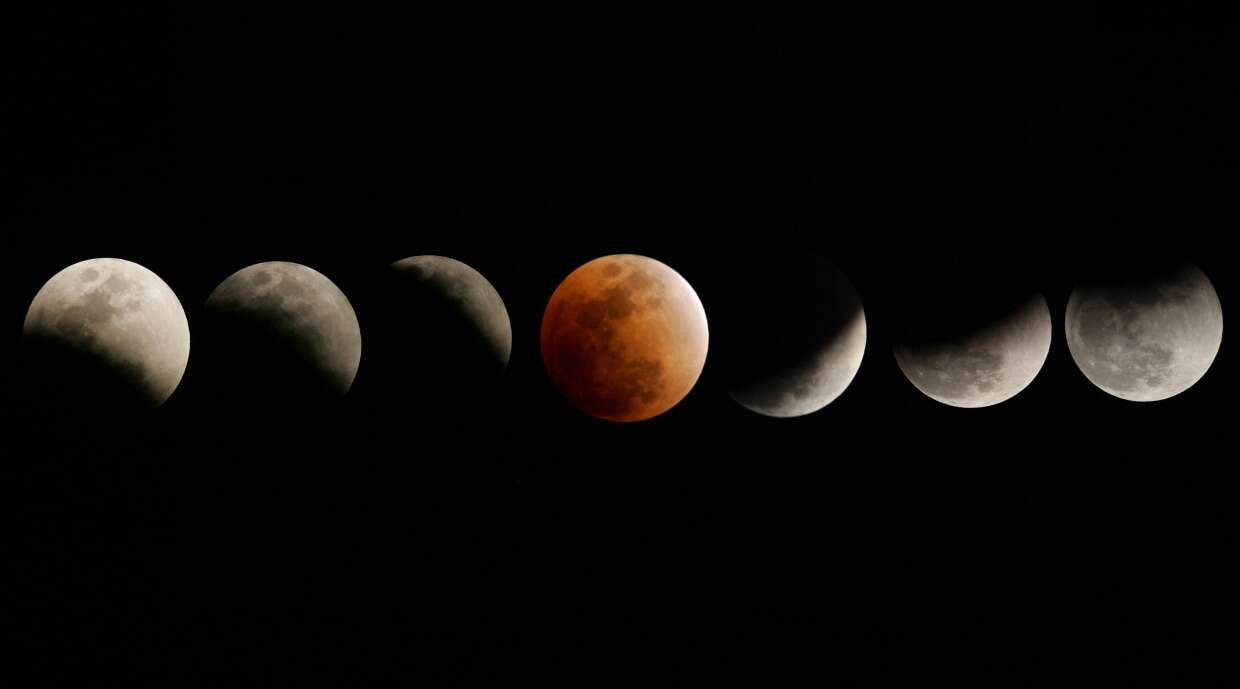This article is a biweekly series that focuses on black women who changed the world with their inventions.
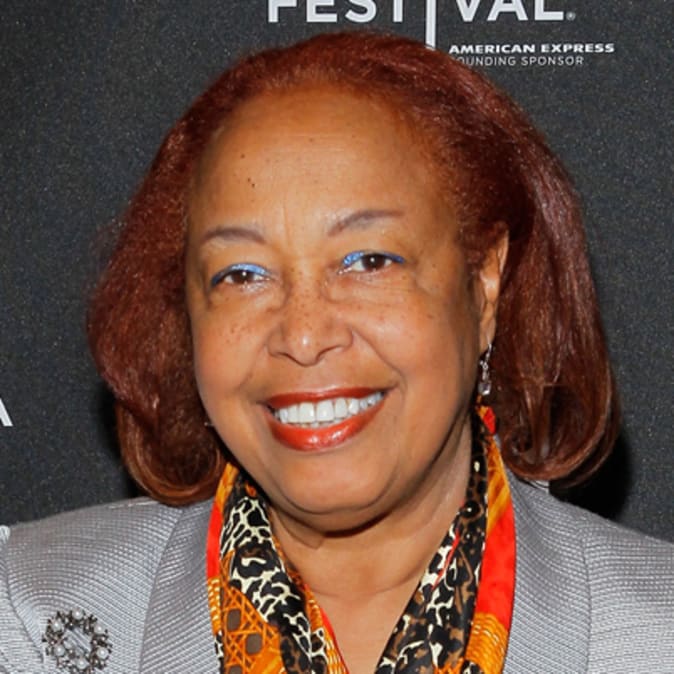
Dr Patricia Era Bath
Born on November 4, 1942, in the Harlem neighbourhood of New York City to the first Black motorman for the New York City subway system, Rupert Bath and a housewife and domestic worker, Gladys Bath, who saved money from her salary for her children’s education. Patricia Bath was encouraged to pursue academic interests by her family.
Rupert Bath, a former Merchant Marine and an occasional newspaper columnist taught her about the wonders of travel and the value of exploring new cultures. Her mother further aroused her interest in science by getting her a chemistry set.
Bath graduated with honours from Howard in 1968 and accepted an internship at Harlem Hospital shortly afterwards. In 1969, she began pursuing a fellowship in ophthalmology at Columbia University. Her studies there discovered that African Americans were twice as likely to suffer from blindness than other patients she attended and eight times more likely to develop glaucoma.
In 1973, Bath became the first African American to complete a residency in ophthalmology. In 1981, Dr Patricia Era Bath invented the Laserphaco Probe, used worldwide in eye surgery to remove cataracts. Bath founded the American Institute for the Prevention of Blindness.
She restored sight to millions of people suffering from cataracts.
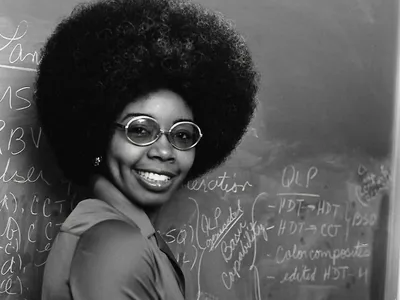
Valerie L. Thomas
Born in Baltimore, Maryland, U.S.A, on February 8, 1943, Valerie Thomas was a mathematician, scientist, physicist and inventor. Her interest in science was piqued as a child after she observed her father tinkering with the television and saw the mechanical parts inside the T.V.
She was interested in electronics, mathematics, and physics early, even though girls were not encouraged to study those subjects. As an African American in a racially segregated society, she had fewer educational opportunities.
Thomas had a stellar academic performance and attended Morgan State College (now Morgan State University), a historically Black college.
Eventually, she began working for NASA as a data analyst. She also analysed data from the Orbiting Geophysical Observatory, a series of scientific satellites that the United States launched in the 1960s.
In 1976, Thomas became intrigued by 3D illusions after viewing a demonstration where a light bulb seemed to stay lit even after being removed from a lamp. The experiments that followed led her to create an illusion transmitter, the first mechanism that allowed images to be viewed in 3D.
READ ALSO👇👇👇
Two Important Inventions That Would Not Exist Without Black Men

